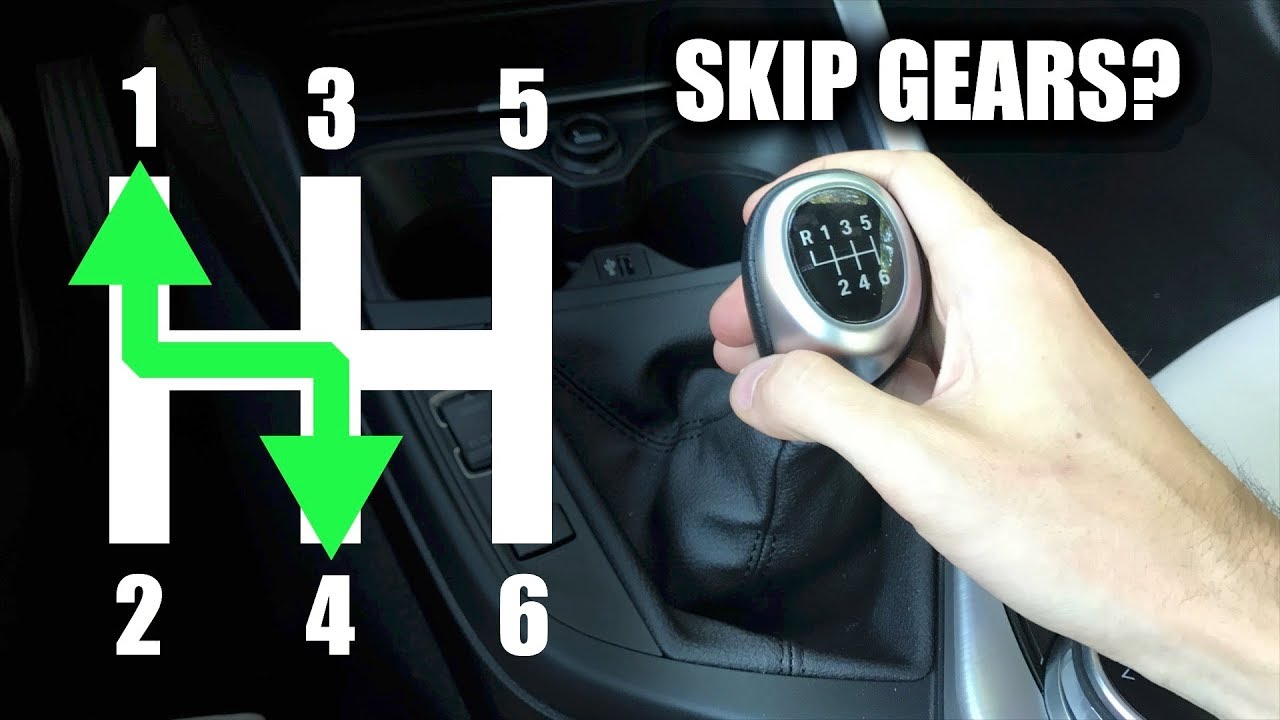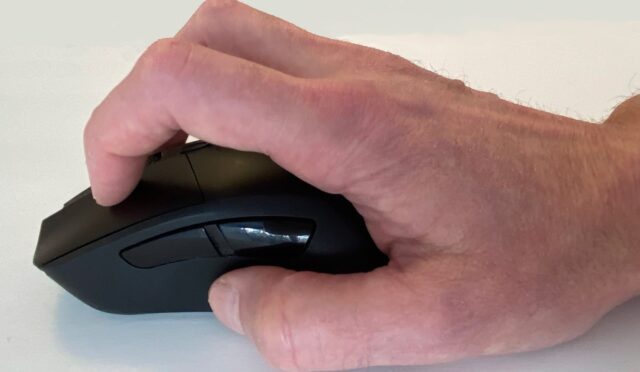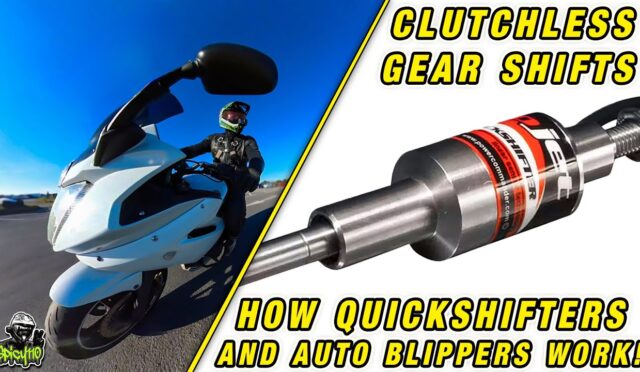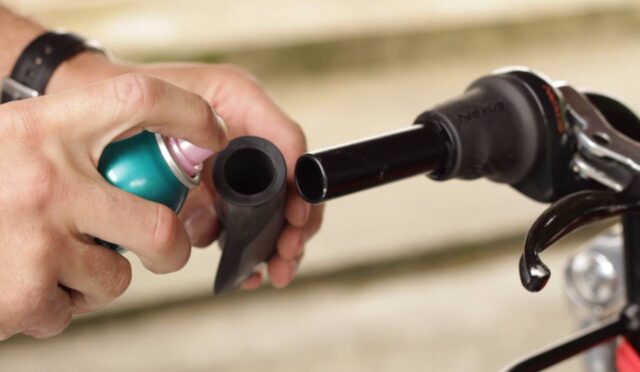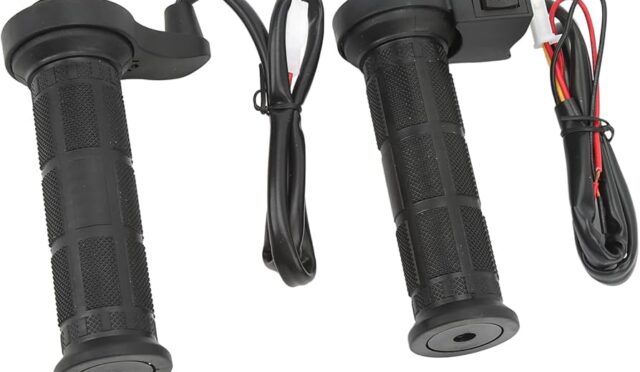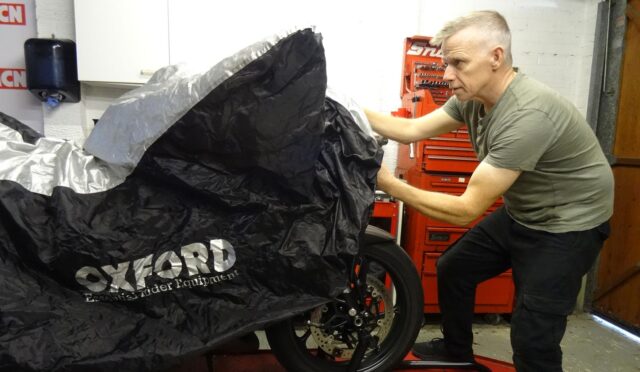Speed shifting is a technique used by some drivers to change gears quickly. This method can enhance acceleration and make driving more exciting. However, it can also lead to potential issues for the vehicle.
When speed shifting, the driver does not fully release the clutch before changing gears. This can cause extra stress on the transmission. The transmission is a crucial part of the vehicle. It allows the engine’s power to reach the wheels. If you frequently use speed shifting, you may damage the transmission over time.
One of the primary concerns is the wear on the clutch. Speed shifting can cause the clutch to wear down faster than normal. A worn clutch may lead to slipping, which reduces performance. Replacing a clutch can cost anywhere from $100 to $1,500, depending on the vehicle type and labor costs.
Another issue is the potential for grinding gears. When gears are not engaged properly, they can grind. This damages the gear teeth and may require costly repairs. Fixing a damaged transmission can range from $500 to $3,000 or more, based on the severity of the damage.
Additionally, speed shifting can lead to overheating. The transmission generates heat during operation. When you shift quickly without giving it time to cool, it can overheat. An overheated transmission may fail, leading to expensive replacements.
Some vehicles are designed to handle aggressive driving better than others. Sports cars may have stronger components that can withstand speed shifting. However, regular cars may not be built for this type of driving. Always consider your vehicle’s specifications and limitations.
In conclusion, speed shifting may offer a thrill, but it can harm your vehicle. The potential for increased wear, gear grinding, and overheating should not be overlooked. If you choose to speed shift, be aware of the risks and the potential costs associated with repairs. Maintaining a smooth driving style is often the best choice for the longevity of your vehicle.
Understanding The Risks: How Speed Shifting Can Impact Your Transmission’s Longevity
Speed shifting is a technique where the rider changes gears quickly without using the clutch. While it can enhance the thrill of riding, it comes with certain risks. Understanding the effects of speed shifting on your vehicle’s transmission is crucial for maintaining its longevity.
When speed shifting is performed correctly, it can provide faster acceleration and a more engaging ride. However, improper technique can lead to severe consequences for your transmission system. The following points highlight the potential impacts:
- Increased Wear and Tear: Frequent speed shifts can cause excessive wear on transmission components. The gears may grind against each other, leading to premature failure.
- Heat Generation: Quick shifts can generate extra heat. High temperatures can degrade oil viscosity, causing inadequate lubrication and further damage.
- Potential Misalignment: Speed shifting can lead to misalignment of gears. This misalignment may result in grinding, which can require costly repairs.
- Risk of Damage: Inconsistent shifting can damage the clutch plates, gears, and other related parts. These repairs may be expensive and time-consuming.
- Shortened Lifespan: Overall, poor shifting practices can significantly shorten the lifespan of your transmission.
Below is a table summarizing the risks associated with speed shifting:
| Risk | Description |
|---|---|
| Increased Wear | Excessive wear on transmission parts |
| Heat Damage | High temperatures affecting oil quality |
| Misalignment | Gears becoming misaligned during shifts |
| Component Damage | Damage to clutch plates and gears |
| Shortened Lifespan | Reduced overall transmission durability |
In conclusion, while speed shifting can be exciting, it is essential to be aware of the risks involved. Taking care of your transmission and using proper shifting techniques can help maintain your vehicle’s performance and longevity.
The Mechanics Behind Speed Shifting: Is It Really Detrimental To Performance?
Speed shifting is a technique that many riders use to enhance their motorcycle performance. It involves quickly changing gears without using the clutch. While it can provide faster gear changes, questions arise about its impact on the vehicle’s longevity and performance.
To understand speed shifting, we need to look at the mechanics involved. When a rider shifts gears at high speed, the goal is to minimize the time between shifts. This technique requires precise timing and a good understanding of the motorcycle’s mechanics. The rider must match the engine speed with the wheel speed to achieve a smooth transition.
However, speed shifting can have drawbacks. The potential risks include:
- Increased wear on the transmission
- Potential for missed shifts
- Stress on the engine components
- Possibility of damaging the gearbox
Table 1 outlines the comparison of traditional shifting versus speed shifting:
| Aspect | Traditional Shifting | Speed Shifting |
|---|---|---|
| Time to Shift | Longer | Quicker |
| Wear on Transmission | Lower | Higher |
| Control | More Control | Less Control |
| Skill Level Required | Moderate | High |
Many riders argue that speed shifting can lead to faster lap times on the track. This is because it allows for quicker acceleration and improved throttle response. But, this technique can also be detrimental if not executed correctly. Riders may experience damage over time to their motorcycle’s transmission and engine.
In summary, speed shifting can enhance performance under the right conditions. However, it also carries risks that riders need to consider. Proper technique and understanding of the motorcycle’s mechanics are crucial to minimize potential damage. Investing in high-quality components may help mitigate some risks associated with this method. Riders must weigh the benefits against the possibility of mechanical issues over time.
Expert Opinions: What Mechanics Say About The Safety Of Speed Shifting Techniques
Speed shifting is a technique used by many riders to change gears quickly. However, the safety of this method has sparked debate among mechanics. Let’s explore what experts say about speed shifting and its impact on vehicles.
Many mechanics believe that speed shifting can lead to wear and tear on your vehicle. This technique involves quickly moving the gear lever without fully engaging the clutch. While it may enhance performance, it may also strain the transmission. Here are some common concerns mechanics have:
- Clutch Wear: Speed shifting can cause premature clutch wear due to incomplete disengagement.
- Transmission Damage: Shifting too quickly can result in gear grinding, leading to costly repairs.
- Increased Heat: Rapid shifts create more heat, which can damage transmission components over time.
Experts highlight that the extent of damage largely depends on the vehicle type and the rider’s skill level. High-performance vehicles are built to handle aggressive driving better than standard models. However, inexperienced riders may increase the risk of mechanical failure.
To better understand the issue, here is a comparison of potential costs associated with speed shifting:
| Issue | Repair Cost |
|---|---|
| Clutch Replacement | $300 – $800 |
| Transmission Repair | $1,500 – $3,000 |
| Gearbox Replacement | $2,000 – $4,000 |
Overall, while speed shifting may provide a thrill, it is essential to consider the potential harm it could cause to your vehicle. Understanding expert opinions can help you make informed decisions about your driving techniques.
Speed shifting can be harsh on your vehicle’s transmission and other components, especially if done improperly. It may lead to premature wear or damage over time.
Speed shifting refers to the technique of changing gears quickly without using the clutch, relying instead on precise timing and throttle control. While it can improve performance, it requires skill and experience.
Yes, frequent speed shifting can increase wear on the transmission parts, as the sudden engagement can cause stress and strain compared to smoother gear changes.
Yes, speed shifting is primarily associated with manual transmissions, but automatic systems can also suffer from aggressive driving habits that mimic the effects of speed shifting.
When executed correctly, speed shifting can lead to quicker acceleration and a more engaging driving experience. However, the risks often outweigh these benefits for everyday driving.
To reduce potential harm, practice smooth throttle control, ensure proper engine and transmission maintenance, and limit speed shifting to environments where it won’t adversely affect your vehicle.
No, speed shifting is generally more suitable for performance-oriented vehicles. Many everyday cars may not handle this technique well, leading to more severe damage.
It’s possible that speed shifting could void parts of your warranty if it leads to damage, so it’s important to check the terms and conditions of your warranty before engaging in this practice.
Signs of potential transmission damage can include slipping gears, unusual noises, or difficulty shifting. If you experience these, it’s best to consult a mechanic.
Beginners should exercise caution and avoid speed shifting until they have gained sufficient experience and understanding of their vehicle’s capabilities to minimize risk of damage.

